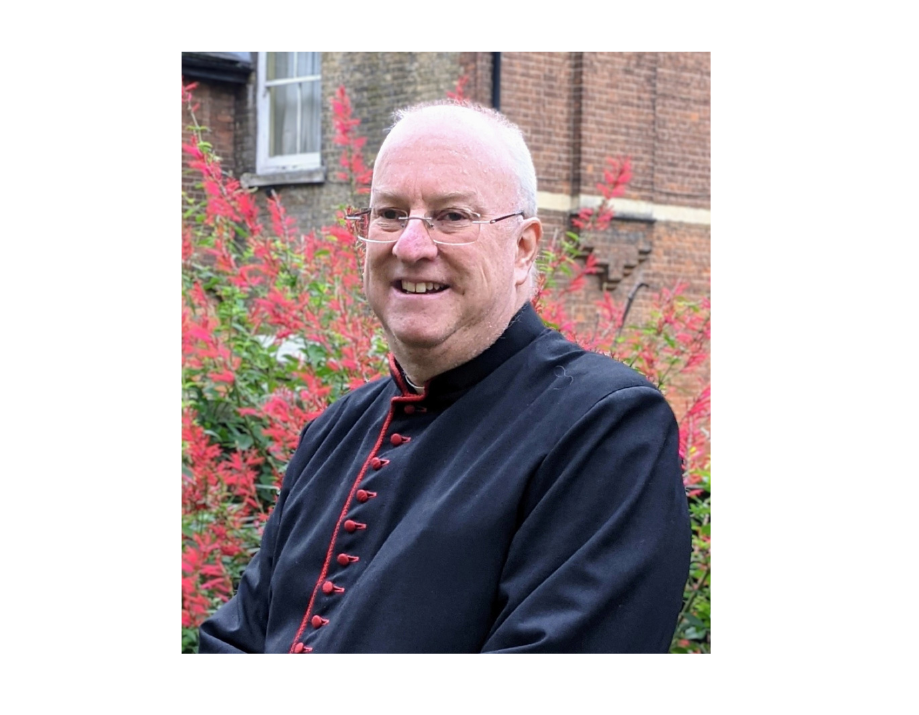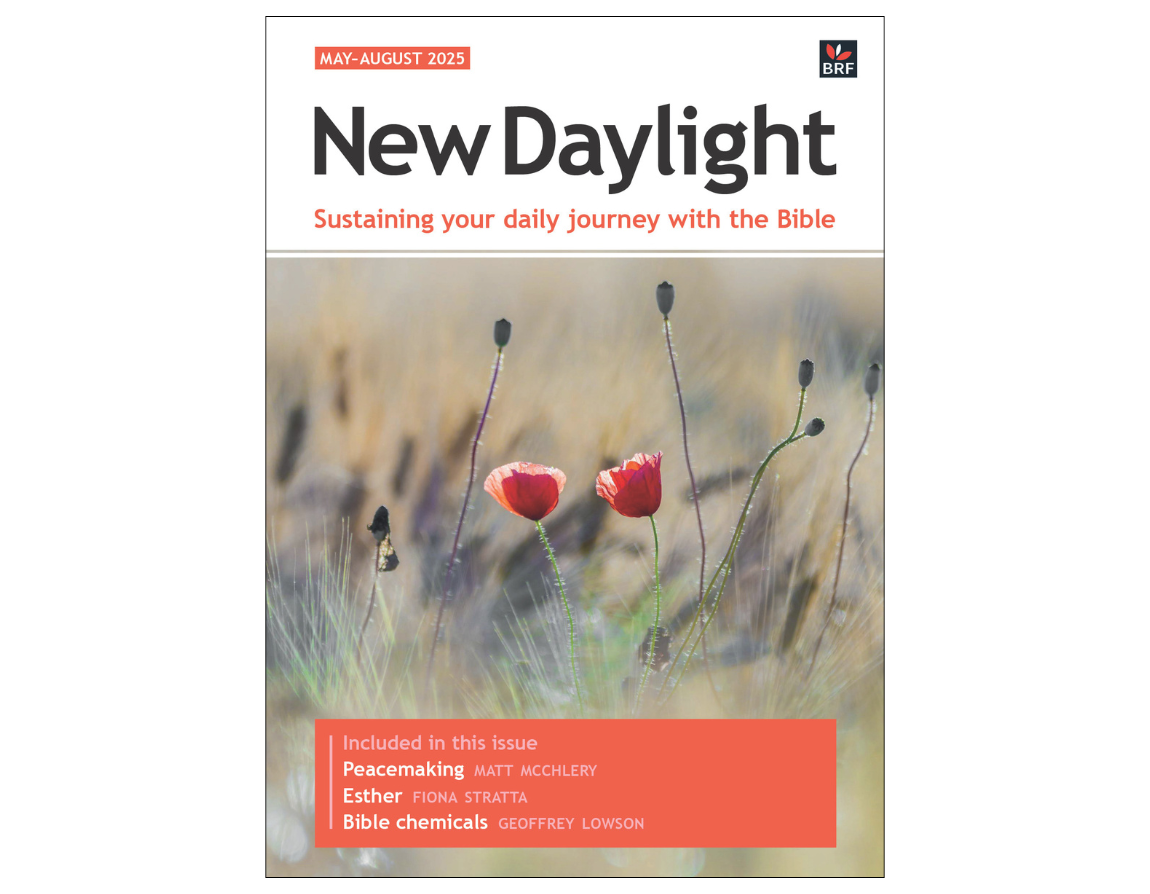In our second article to mark the 1,700th anniversary of the Nicene Creed, Gordon Giles explores the impact of the Creed on the hymns we sing.
13 July 2025
Singing and believing
St Augustine of Hippo, who died in AD430, is reputed to have said that anyone who sings, prays twice. It is a lovely and profound maxim, with which few would disagree. When we sing ‘Guide me, O Thou great redeemer’ we are doing more than saying it, we are adding a musical layer of integrity, meaning and passion. Not all hymns or songs are prayers in themselves though – some are not sung to God or Christ as such, but are rather about God, or we sing them to each other. ‘In Christ alone’, for example, is descriptive of the hope we find in Christ and its impact on my life – it is not a prayer sung to Jesus or God.
Meanwhile, ‘All people that on earth do dwell’, which is a setting of Psalm 100, is sung to each other, encouraging all of us who dwell on earth to sing to the Lord with cheerful voice, to come before him rejoicing. Another psalm hymn, ‘The Lord’s my Shepherd’ (Psalm 23) can be seen as self-referential; ‘He makes me down to lie in pastures green’, leading me in all his ways until I shall come to dwell in his house forever. That the central verses of that hymn do address God directly serves to remind us that when we sing, we do so in various spiritual ‘directions’: upwards, sideways or even inwards. Not all hymns are the same in this regard.
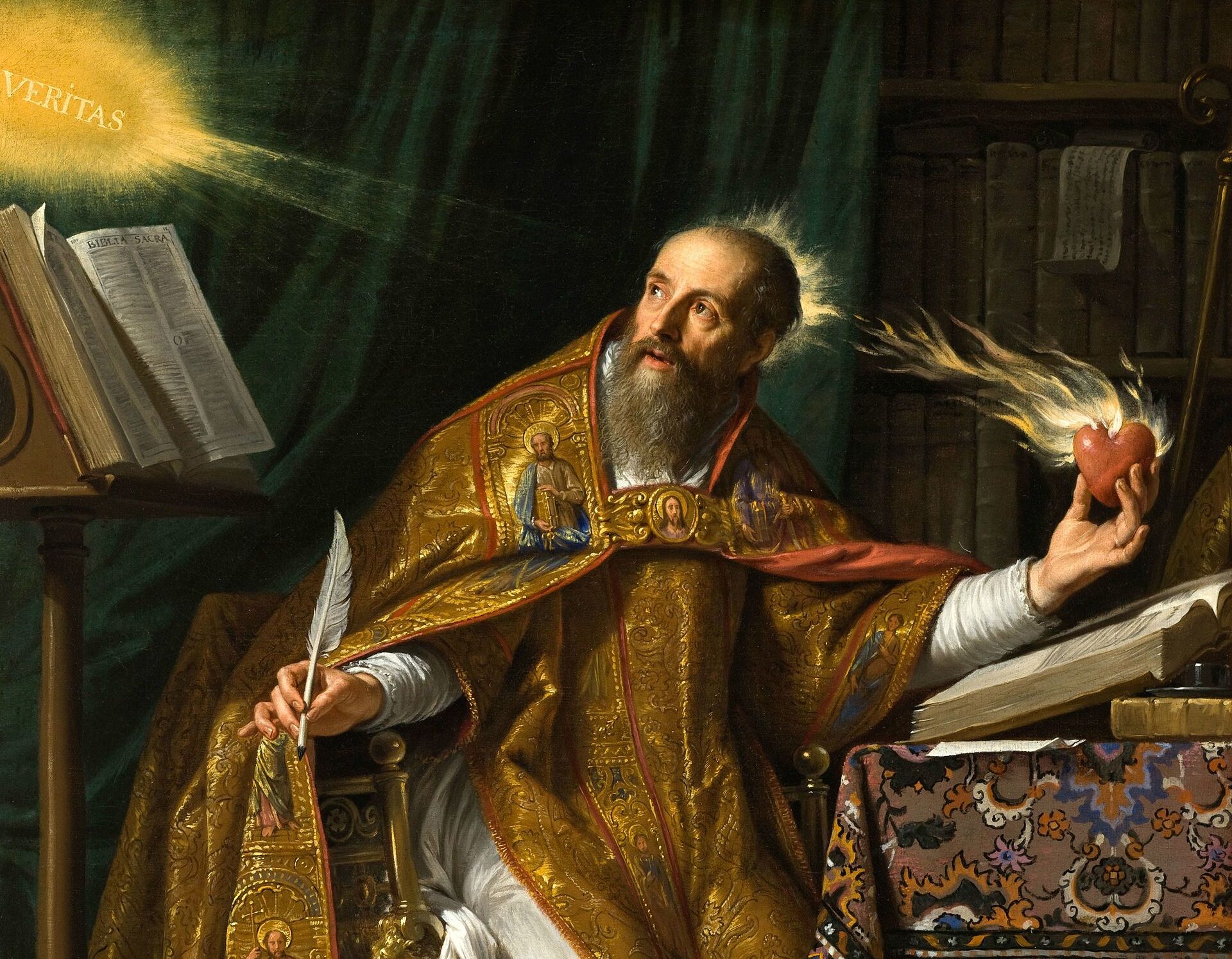
St Augustine said anyone who sings, prays twice.
Setting the creed to music
Some hymns or songs are credal – they profess faith. The church has a tradition going all the way back to the promulgation of the Nicene Creed in 325 of not just saying the Creed as part of an act of worship, but singing it. We still do, whether simply on one note, as the Apostles’ Creed may be sung at Choral Evensong, or using ancient plainsong or in fully harmonised or choral versions.
The musical ‘Mass’ as set by so many classical composers sets to music the Kyrie, the Gloria, the Sanctus, the Agnus Dei, and the Creed (Credo). In Beethoven’s Missa Solemnis of 1824, his setting of the Creed takes over 20 minutes to sing. When his predecessor Haydn set it in his ‘Little Organ’ mass, he managed to cram it all (with different voices singing different words simultaneously) into just under a minute! Suffice it to say that this brief mass is often used in worship, whereas Beethoven’s is more often found in concert halls.
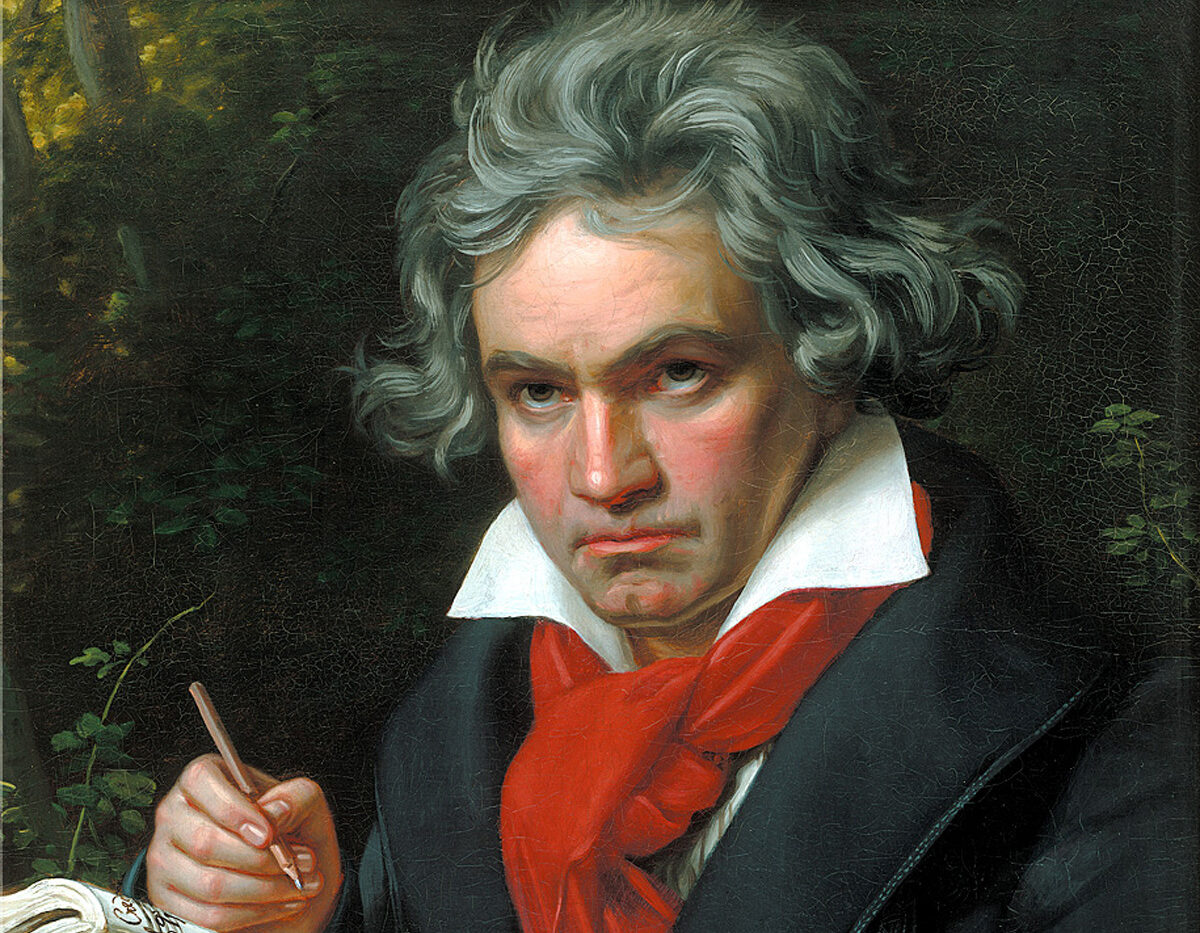
Beethoven’s setting of the Creed takes over 20 minutes to sing.
Uniting in faith and purpose
Where other worship styles are concerned, we might think of Graham Kendrick’s setting of the Creed, ‘We believe in God the Father’, a version which I particularly like because of its pulsating rhythmic underpinnings. This creed as worship song is effective and true to the original words, while adding an overtone of Philippians 2:10–11: ‘Every knee shall bow before him, then must every tongue confess.’
This is what singing the Creed is all about: confessing together in public that Jesus Christ is Lord. Singing is a communal, corporate activity and the notion of a creed is to unite those who utter it in faith and purpose. The Nicene Creed does not commence with ‘I believe’ (as the Apostles’ Creed does), but with ‘We believe’. This is our faith, not just my faith, or your faith or their faith but the faith of the Church of which we are members. It is our faith which we confess together, in the presence of one another and God. Naturally one can sing solo, or recite it alone, but ‘singing the faith’ of the Creed adds that extra layer very like ‘praying twice’.
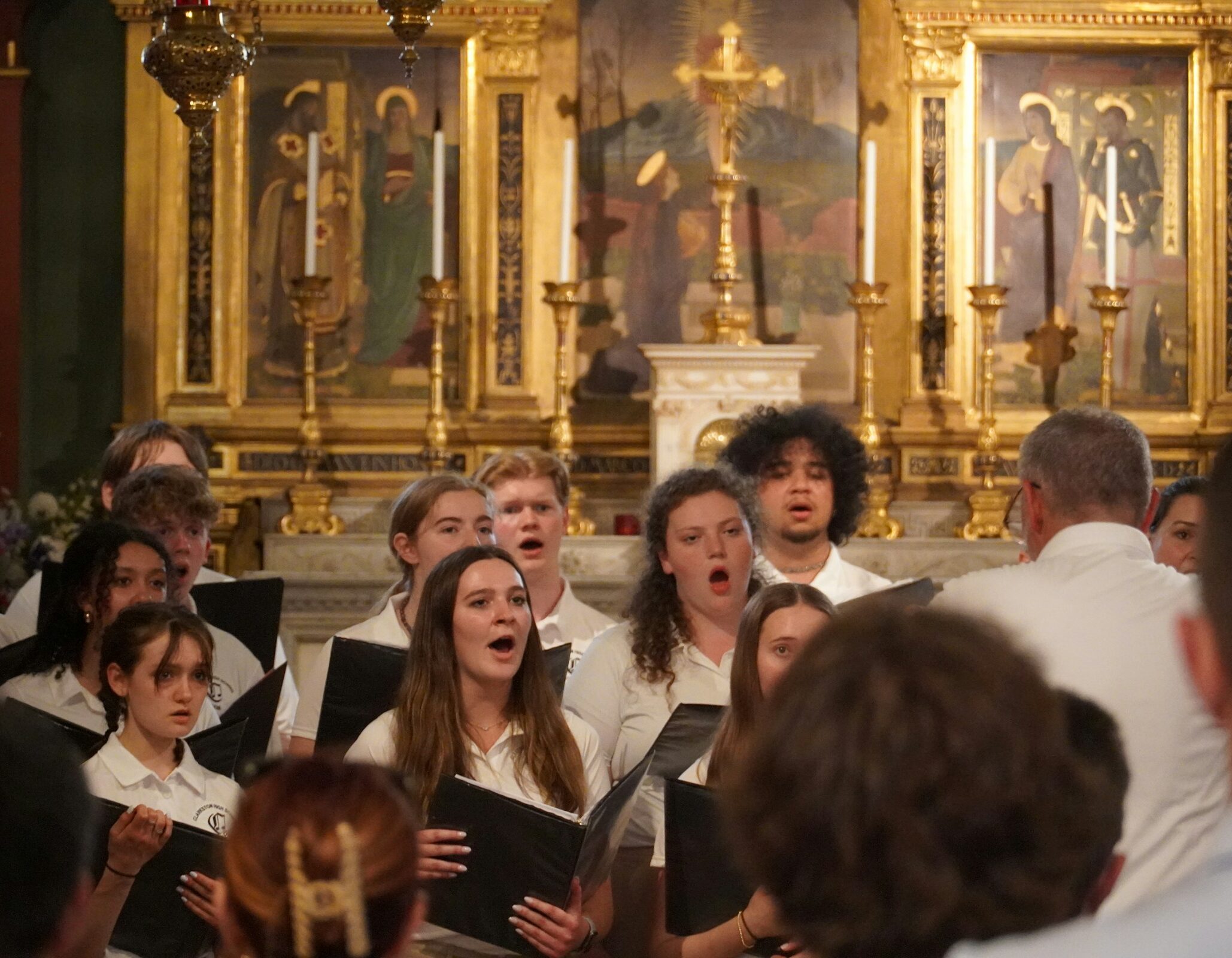
Singing is a communal, corporate activity and the notion of a creed is to unite those who utter it in faith and purpose.
The work of the people
To this double value of singing and praying we can add another, from the sphere of liturgy. We understand liturgy to be the content and form of worship – the elements and structure of what we do in church. The word comes from two Greek words, laos and ergon. Laos means people (as in ‘laity’) and ergon means work (as in, for example, ‘ergonomic’). So the laos ergon is the ‘work of the people’.
This work of the people is worship – the attribution of worthiness to God. So our prayers, our hymns, our reading of scripture and the preaching of the word, and the saying or singing of the Creed, are all part of the human work of prayer and praise: the liturgy.
Into this mix, built on the Greek words, we can add some Latin. Prosper of Aquitaine (who died around AD455) was a student of Augustine of Hippo, and he coined the phrase ‘Lex orandi, lex credendi’. It means ‘the law of praying establishes the law of believing’, or put more simply: ‘What we pray, we believe.’ This makes sense, for prayer comes from the heart and is inexorably bound to what we believe.
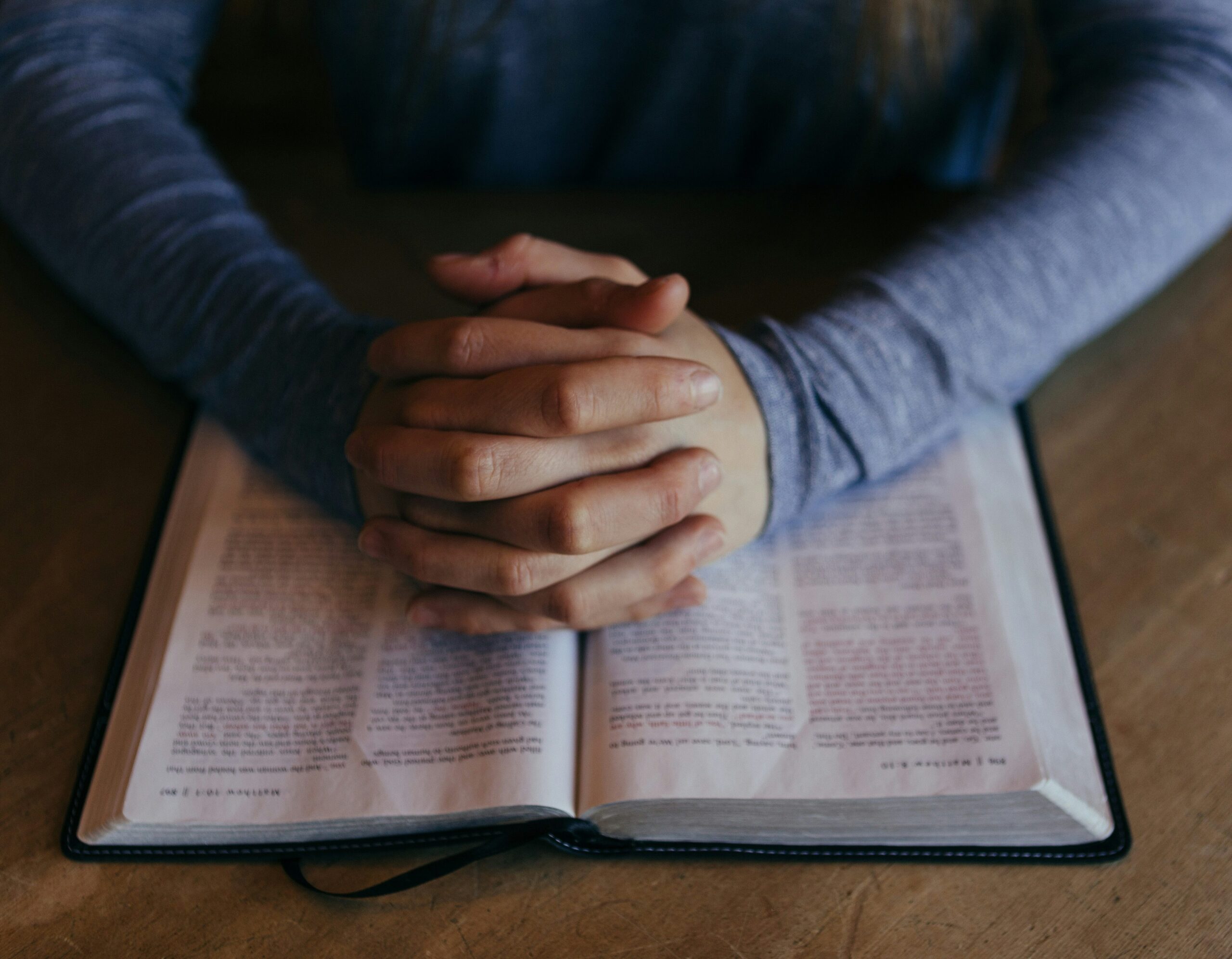
‘The law of praying establishes the law of believing’, or put more simply: ‘What we pray, we believe.’
Authentic prayer
Authentic prayer necessitates faith in God. Our prayers are informed by what we believe, and the prayers we say – especially if they are composed by the church – establish our faith; they form in us doctrine and belief.
The Lord’s Prayer is a case in point: we pray it, but we also believe what it says about God, that God is our Father in heaven, that he feeds us, and that it is good to forgive as well as be forgiven. If we pray a prayer regularly we come to believe in what it says and stands for.
By the same token, the Creed was created 17 centuries ago to codify the tenets of faith in a set of statements, but what started out as a summary of what the church believed also became a doctrinal statement of what all its members ought to believe. The Creed teaches us the faith as well as summarises it. Thus what we say, we come to believe, just as we come to believe what we pray.

Luther said: ‘Message and music join to move the listener’s soul.’
The power of music
If we bring Augustine and his pupil Prosper together again after 16 centuries, we find that they might tell us that anyone who sings not only prays twice but believes twice. Music is an intensely powerful and influential phenomenon, because what we sing – or hear sung – speaks to us on the inside, on a different plane, and the effect it has can be subliminal.
We can be influenced by music without noticing. The fact that people suffering from dementia can still sing hymns and songs from childhood reminds us that music sits in our souls on a level we do not fully comprehend. This is why philosophers such as Plato and reformers such as Zwingli were very suspicious of music. It is also why Luther and Calvin were quite the opposite. Luther said: ‘It was not without reason that the fathers and prophets wanted nothing else to be associated as closely with the Word of God as music… message and music join to move the listener’s soul’ (Luther’s Works, Vol. 53, Liturgy and Hymns, p. 320).
We believe what we sing and we sing what we believe. These are the two sides of the same coin, the currency of which is worship. The Nicene Creed has stood the test of 17 centuries, summarising and professing the meaning and message of what our Triune God did in Christ only three centuries earlier. In so many ways, in so many places and in so many notes, we have been singing about it ever since.

